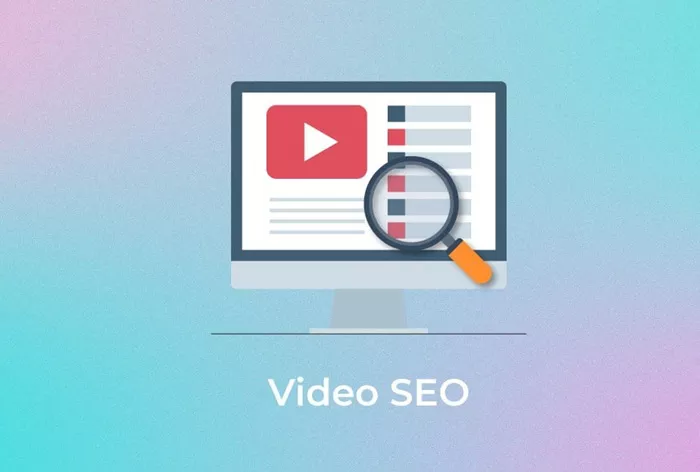1. Keyword Research & Intent Analysis
Your SEO strategy starts with understanding what people search for and why they search.
- Search volume vs. competition: High-volume keywords often face intense competition. Long-tail keywords (e.g., “best budget SEO tools for startups”) attract targeted traffic with lower competition.
- User intent alignment: Match keywords to the searcher’s goal (informational, navigational, transactional). For example, a blog titled “How to fix slow website speed” targets informational intent, while “Buy SEO audit services” caters to transactional intent.
- Localization: Include geo-specific terms (e.g., “SEO agency in London”) if targeting regional audiences.
2. Content Quality & Relevance
Content is the backbone of SEO. Google prioritizes helpful, user-first content.
- Originality: Avoid duplicate content. Tools like Copyscape can detect plagiarism.
- Depth and structure: Use headers (H2/H3), bullet points, and short paragraphs. Example: A 2,000-word guide on “SEO for e-commerce” outperforms a 500-word superficial post.
- Freshness: Update old content regularly. For instance, revise “2023 SEO trends” to “2025 SEO trends” to maintain relevance.
3. Technical SEO Foundations
A technically sound website ensures search engines can crawl and index pages efficiently.
- Page speed: Compress images, leverage browser caching, and minimize JavaScript. Tools like Google PageSpeed Insights provide actionable fixes.
- Mobile-friendliness: Over 60% of searches happen on mobile. Use responsive design and test mobile usability via Google Search Console.
- Secure site (HTTPS): SSL certificates build trust and are a ranking factor.
- XML sitemap and robots.txt: Guide search engines to prioritize critical pages.
4. User Experience (UX) Signals
Google uses UX metrics to evaluate site quality. Poor UX harms rankings.
- Bounce rate: High bounce rates indicate irrelevant content or slow loading. Improve by adding internal links or multimedia.
- Navigation simplicity: Use breadcrumbs and a sticky menu. Example: An e-commerce site should let users filter products in 1–2 clicks.
- Readability: Avoid jargon. Tools like Hemingway Editor simplify complex sentences.
5. Backlink Profile & Authority
Backlinks act as “votes of confidence” for your site’s credibility.
- Quality over quantity: One link from Forbes.com outweighs 100 links from spammy directories.
- Relevant sources: A fitness blog should seek links from health magazines, not cryptocurrency sites.
- Internal linking: Link related articles (e.g., a “keyword research” post linking to “SEO tools guide”) to distribute page authority.
6. Competitor Analysis & Market Trends
Monitor competitors to identify gaps and opportunities.
- Keyword gaps: Use SEMrush or Ahrefs to find keywords competitors rank for but you don’t.
- Content gaps: If competitors lack video tutorials, create YouTube guides to capture untapped traffic.
- Algorithm updates: Adapt to changes like Google’s Core Web Vitals or BERT. For example, optimize for E-E-A-T (Experience, Expertise, Authoritativeness, Trustworthiness) after 2023 updates.
7. Local SEO Factors (For Geo-Targeted Businesses)
Local SEO ensures visibility in “near me” searches.
- Google My Business (GMB): Complete your profile with photos, hours, and FAQs. Encourage customer reviews.
- NAP consistency: Ensure your business Name, Address, and Phone number match across directories like Yelp or Yellow Pages.
- Localized content: Publish blogs like “Top 5 Cafés in Berlin” if targeting German audiences.
8. Analytics & Continuous Optimization
SEO is a long-term game. Track metrics to refine your strategy.
- Traffic sources: Identify which channels (organic, social, referral) drive conversions using Google Analytics.
- Rank tracking: Monitor keyword positions weekly. Adjust content if rankings drop.
- ROI calculation: Compare organic traffic growth against SEO costs (tools, freelancers) to measure profitability.
Conclusion
Your SEO strategy hinges on balancing technical precision, user-centric content, and data-driven adjustments. No single factor guarantees success—consistency and adaptability are key. Regularly audit your site, stay updated on algorithm changes, and prioritize what aligns with your audience’s needs.
Related topics:
How Can You Effectively Increase Backlinks for Google?

